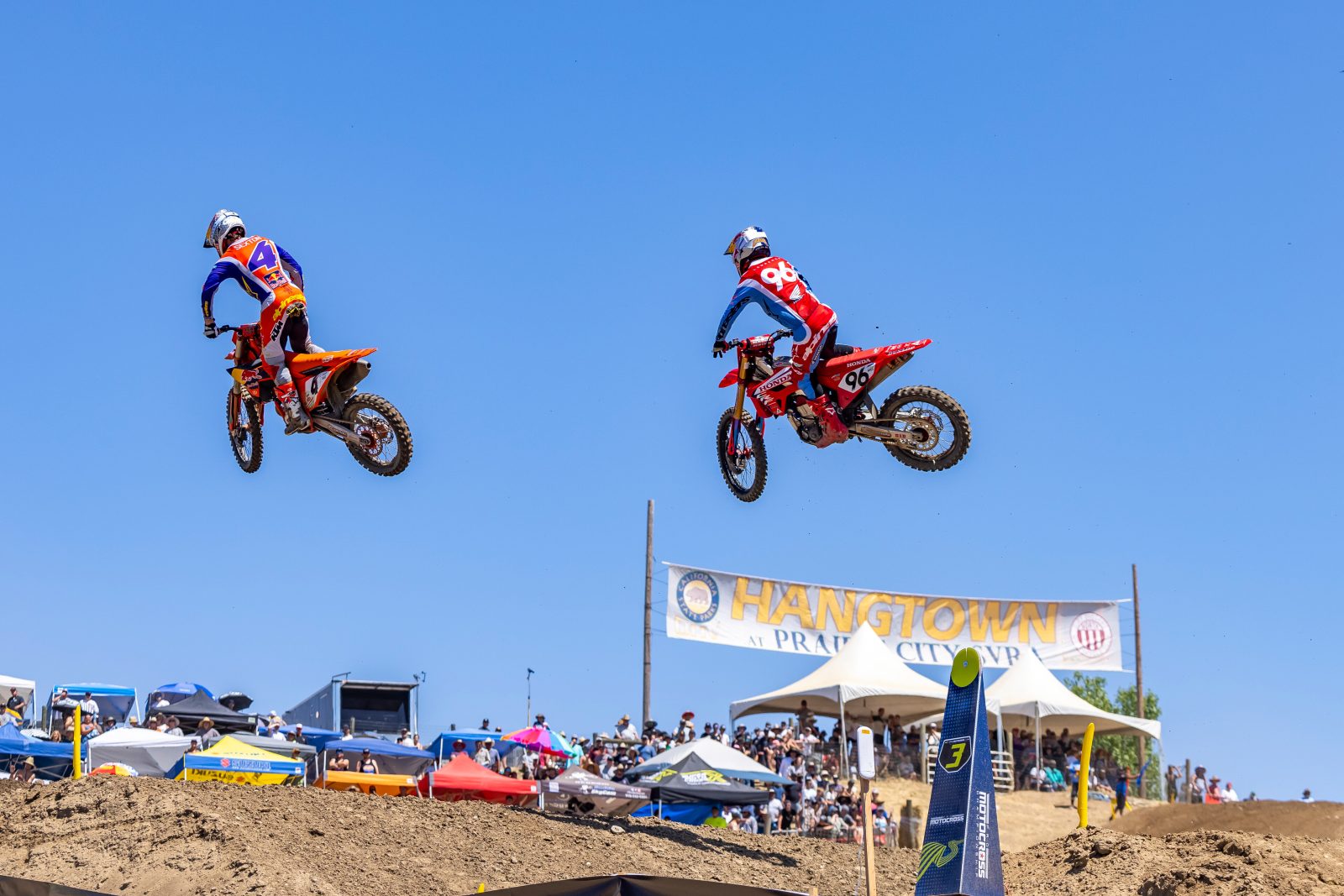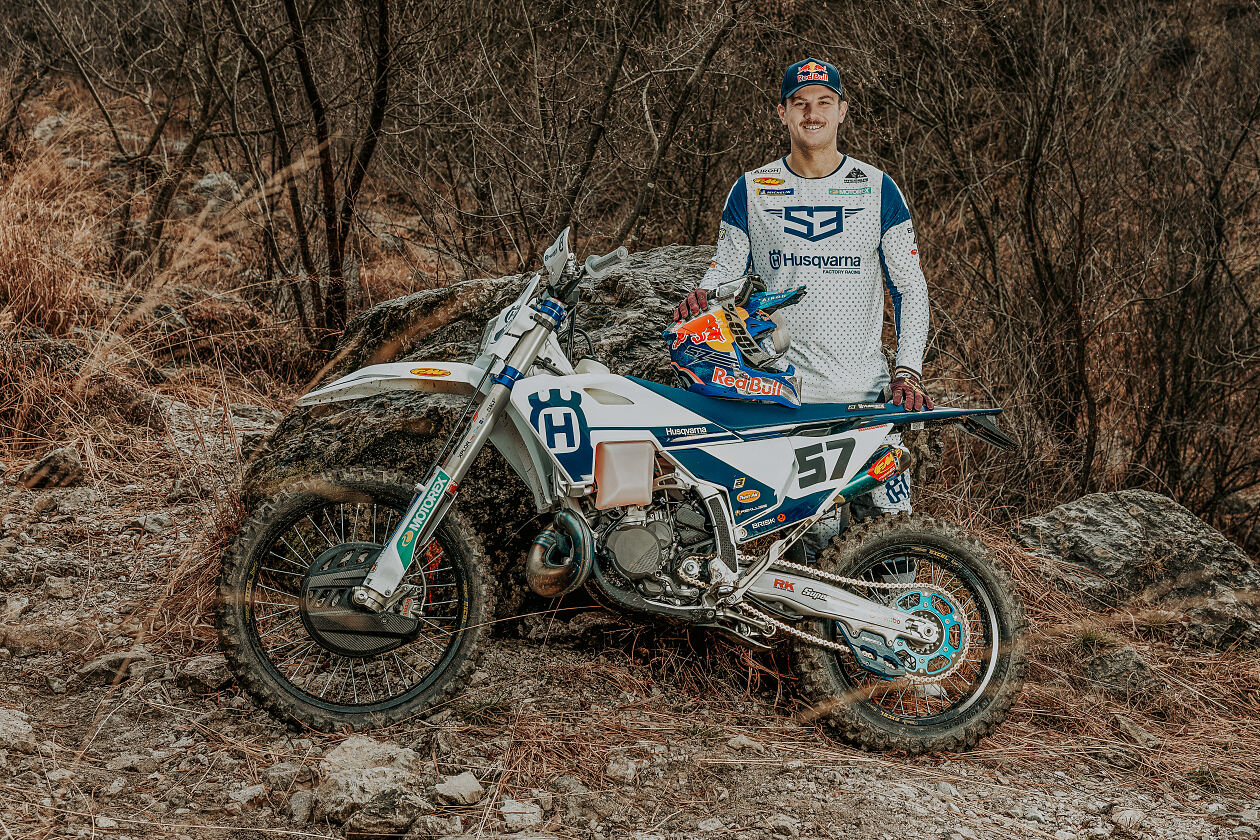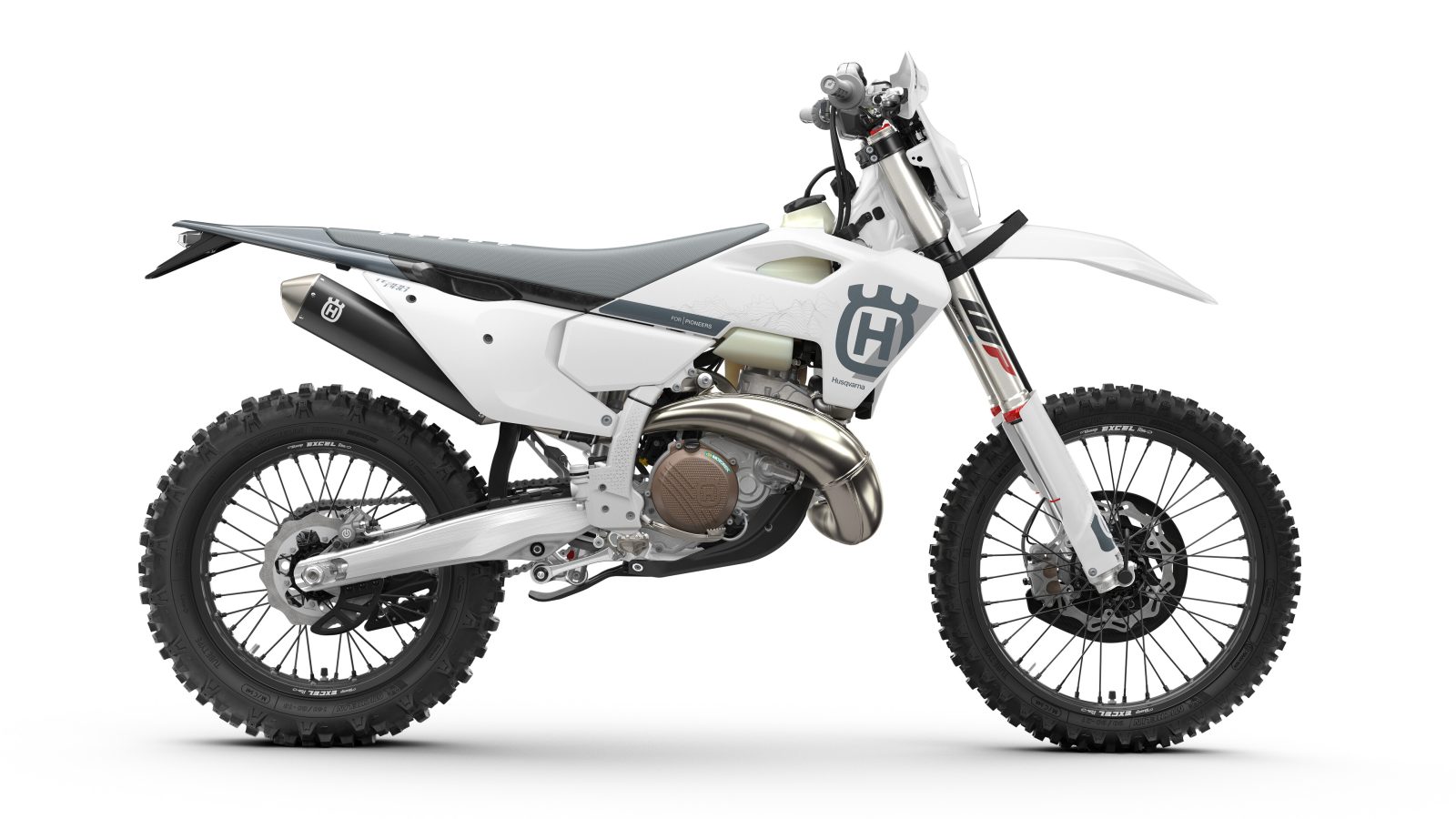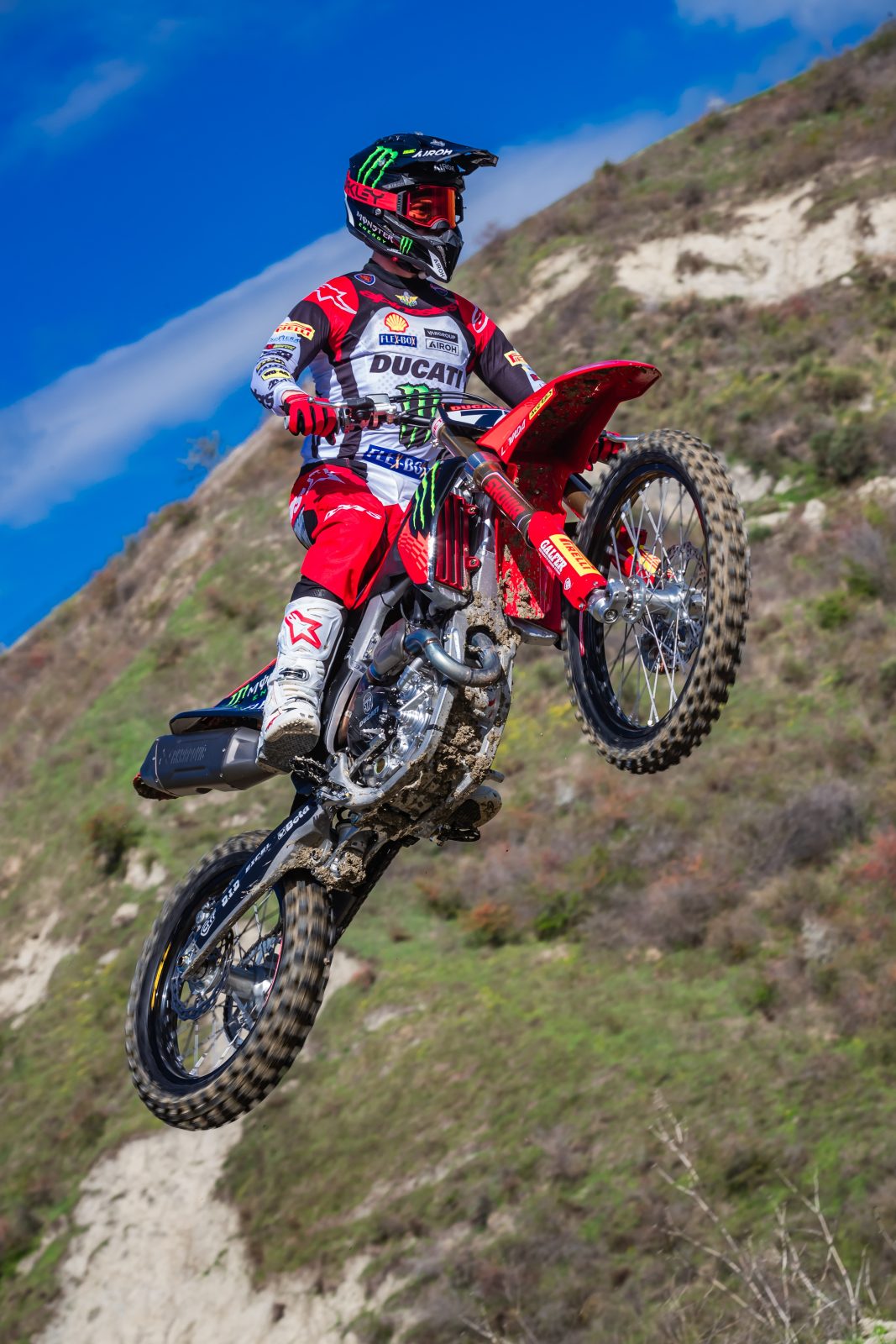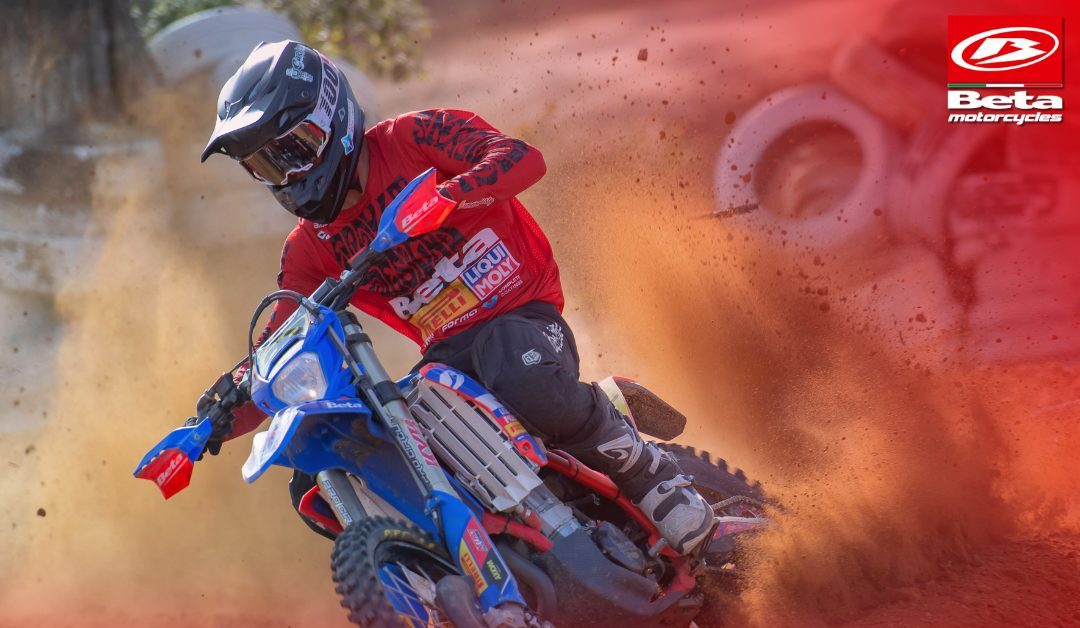It seems to be paying off but there are still many kilometres to ride before the chequered flag in Buenos Aires, Argentina, next Saturday.
Quintanilla said he was happy with his first week. “For me the first week was really good. It was very difficult. We started in the heat of Paraguay and finished in cold temperatures here in Bolivia. Also, the last stage was really hard in the navigation but I feel very good, and I’m looking forward to doing a good second week. As we know it is the most important and difficult week. I always welcome the rest day because after a week of racing it’s very tough. I try to rest a bit, get some good food and relax a bit. But in the end, it’s only really in the morning because we have to start to prepare everything with the road book, and the clothes and equipment, and you need to be focused on the race all the time.”
Meanwhile, Quintanilla’s factory teammate Pela Renet of France is at overall eighth place and has already surpassed his result from his maiden ride last year when he went out in the fourth stage. His strong results in stages 3-4 indicate he is a rider to watch in future editions. Renet, like many others lost time on Friday during the fifth stage, which presented particularly difficult navigation and was eventually scrapped at the half way mark of the planned special because of heavy rain. The fact that so many competitors suffered the same fate is reflected in the fact that despite finishing back in the field, he still hung onto his overall eighth place. He has set his personal goal at a top 10 finish.
Renet: “For me the rally is good far. The first week was not perfect, but I did one really good stage. I was disappointed with stage five because I made a big navigation mistake and it cost me a lot of time. But anyway, this is Dakar and with the new waypoint system it’s tricky. It is more difficult than how it was before. We don’t have any arrows (in the road book), so when we validate the waypoint, if we are not correct it’s hard to know in which direction you have to go to recover.” Speaking about what to expect in the second week, Renet commented: “I think the hardest is still to come.”
Organisers promised that this edition would be difficult, with new variants in navigation and a string of days at uncomfortable high altitudes. All of that has proved to be correct. The first days after leaving Asuncion in Paraguay were blisteringly hot with temperatures in the high 30 degrees Celsius, while riders rode the liaison from Oruro to La Paz on Saturday in torrential rain and very cold temperatures.
When riders leave the Bolivian capital on Monday morning they travel south to Uyuni, where they will bivouac overnight. Because it is the scheduled marathon stage they are denied any contact or assistance from their teams on the overnight stop between Uyuni and Salta in Argentina, their destination for Tuesday’s stage. For first stage of the marathon it will be particularly important to preserve tyres and machinery. After Salta they still have long and challenging timed specials integrated into the stages. The final day is Saturday, where they still have 786 km to ride to the finish line in Buenos Aires, with the traditional short timed special of 64 km. Riders head into the Argentine capital in reverse order.
